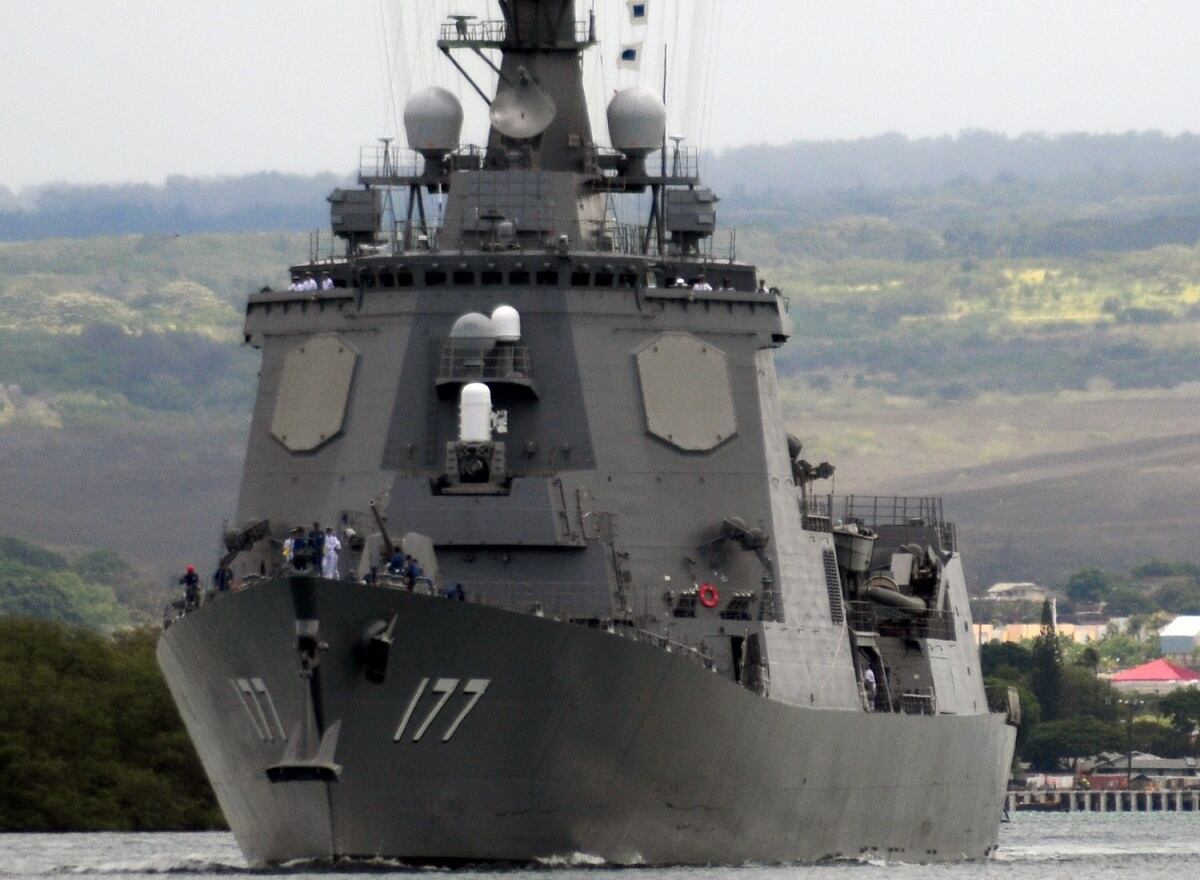WASHINGTON ― The U.S. Navy and Missile Defense Agency continued a hot streak Tuesday when they successfully shot down an intermediate-range ballistic missile target in space from its Hawaii-based Aegis Ashore facility.
The test marked the second consecutive successful intercept for the SM-3 Block IIA missile in development. The intercept followed an October success, which shook off two hard-luck consecutive failures ― one caused by a sailor error and a second caused by a misfired third-stage rocket motor. Both tests were on course for a successful intercept when the respective mishaps occurred, officials told Defense News.
The missile, which was launched from Hawaii, fired on a track from a sensor that was a significant distance from the Aegis Ashore Missile Defense Test Complex at the Pacific Missile Rang Facility at Kauai, said Mark Wright, spokesman for the Missile Defense Agency.
Aegis Ashore never had a native track on the missile, Wright confirmed, meaning the missile that was shot from that facility successfully locked onto a target, which was entirely tracked by a non-native sensor relaying its tracking data, a key capability under development by the MDA.
RELATED

The SM-3 Block IIA is a co-development between the U.S. and Japan, and it is expected to be equipped on both the U.S. Aegis Ashore stations in Romania and Poland and the future Aegis Ashore stations in Japan — making it a keystone to America’s short- and intermediate-range missile defense strategies. The European Aegis Ashore sites have been the source of significant tension between Russia and the U.S., with Russian President Vladimir Putin regularly criticizing the platform and accusing the U.S. of attempting to upset the strategic balance.
In a release, the MDA said the missile was fired by a U.S. Air Force C-17 “thousands of miles southwest of the Aegis Ashore test site that launched the SM-3 Block IIA interceptor.”
“The engagement leveraged a ground, air and space-based sensor/command and control architecture linked by the Ballistic Missile Defense System's Command and Control, Battle Management, and Communications (C2BMC) suite,” the release said.
In a statement, the head of the MDA said the test proved the technology going into the missile defense capabilities in Europe are on course.
"Today's successful flight test demonstrated the effectiveness of the European Phased Adaptive Approach Phase 3 architecture,” said Lt. Gen. Sam Greaves. “It also was of great significance to the future of multi-domain missile defense operations and supports a critical initial production acquisition milestone for the SM-3 Block IIA missile program.
“This system is designed to defend the United States, its deployed forces, allies, and friends from a real and growing ballistic missile threat. I offer my congratulations to all members of the team, military, civilian, contractors and allies who helped make this possible.”
This is the third successful intercept out of five intercept tests for the SM-3 Block IIA.
David B. Larter was the naval warfare reporter for Defense News.








